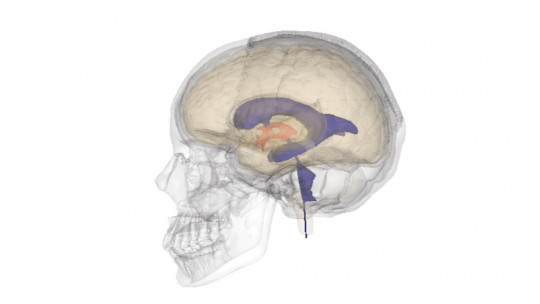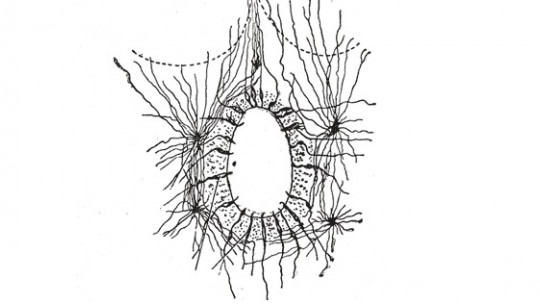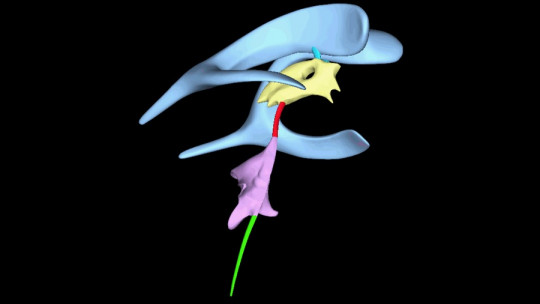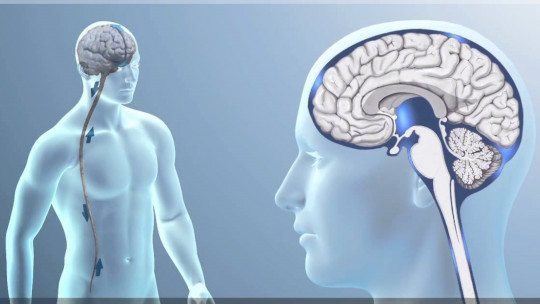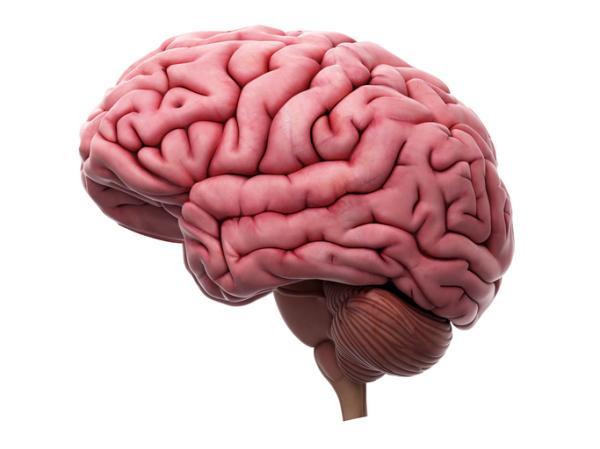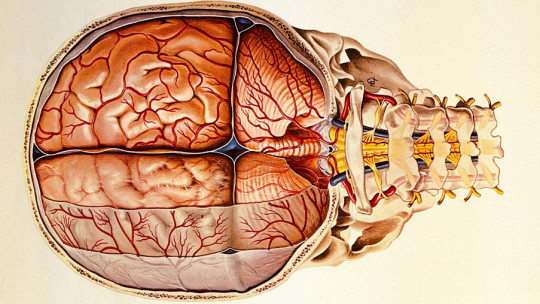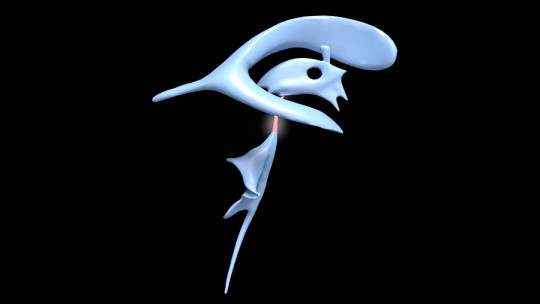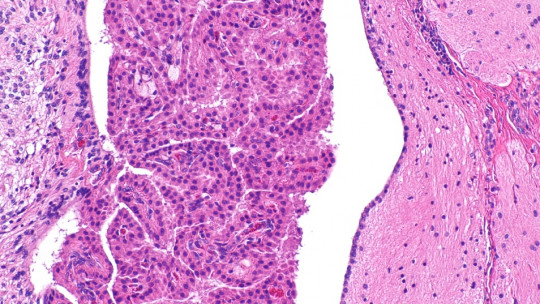
Cerebrospinal fluid is essential for the functioning and hygiene of the central nervous system, especially the brain. This substance is produced in the four structures we know as “choroid plexuses”, located in the cerebral ventricles.
In this article we will describe The anatomy and main functions of the choroid plexuses We will also mention the pathologies that are most frequently associated with these regions of the central nervous system.
Anatomy of the choroid plexuses
The choroid plexuses are located in the ventricular system of the brain; There is a plexus in each of the four ventricles. Its nucleus is made up of connective tissue, capillaries and lymphoid cells, and it is surrounded by a layer of epithelial cells. The production of cerebrospinal fluid depends on the epithelium main function of the choroid plexuses.
Furthermore, this structure separates and connects the central nervous system and the circulatory system, which explains the involvement of the choroid plexuses in the transport of nutrients and hormones to the brain and in the elimination of residual substances.
The ventricles are four interconnected brain cavities. After being generated in the choroid plexuses, which are found in practically all regions of the ventricular system, cerebrospinal fluid circulates through the brain through the ventricles until reaching the spinal cord.
Functions of this structure
The number of functions attributed to the choroid plexuses has increased in recent years; They have been found not only to be relevant for their ability to make cerebrospinal fluid and protect neurons, but also to play additional roles that could have therapeutic benefits as research advances in the future.
1. Production of cerebrospinal fluid
Cerebrospinal fluid performs several key functions in the central nervous system: cushions the blows received by the brain and allows it to maintain its density, participates in immune defenses, regulates homeostasis (extracellular balance) and contributes to eliminating waste substances from the brain.
2. Formation of the blood-brain barrier
The epithelial tissue of the choroid plexuses makes up a part of the blood-brain barrier, which separates blood and extracellular fluid from the central nervous system but it allows the exchange of nutrients and waste. It also has a defensive function, preventing the entry of certain toxins.
3. Maintenance of extracellular homeostasis
The extracellular balance of the brain and spinal cord is maintained in part by the choroid plexuses, which modulate the interaction between the central nervous system and the immune system.
4. Regeneration of tissues and neurons
The choroid plexuses secrete neuroprotective compounds that promote the healing of neuronal damage; this effect has been mainly related to traumatic injuries. Furthermore, in these structures a certain degree of neurogenesis has been detected (production of new neurons from progenitor cells) even in adulthood.
5. Brain detoxification
The choroid plexuses contribute to the detoxification of the brain in two ways: on the one hand, the cerebrospinal fluid they produce fulfills this function, and on the other, their connection with the circulatory system facilitates the transfer of residual substances to the blood to allow their elimination.
6. Other functions
In addition to the processes that we have described, in recent years the role of the choroid plexus in other functions has begun to be investigated: the production of polypeptides that nourish neurons, the transfer of information to the sympathetic nervous system…
Choroid plexus pathologies
Given that the choroid plexuses, and in particular the cerebrospinal fluid they produce, fulfill fundamental functions for the body, alterations in the anatomy and functionality of these structures can favor the appearance of various pathologies.
Likewise, there are a large number of factors that occasionally cause alterations in the choroid plexuses. The relationship of these structures with Alzheimer’s disease strokes and traumatic brain injuries is especially relevant.
In people with Alzheimer’s disease, there is atrophy in the ependymal cells of the choroid plexuses; This causes the production of cerebrospinal fluid to decrease, oxidative stress to increase, and toxins to accumulate in the brain to a greater extent.
On the other hand, and although it frequently does not have serious consequences, the appearance of cysts in the choroid plexuses during fetal development It can cause tumors and has been associated with aneuploidies (alterations in the number of chromosomes in cells) such as Edwards syndrome, which is fatal for most babies.

